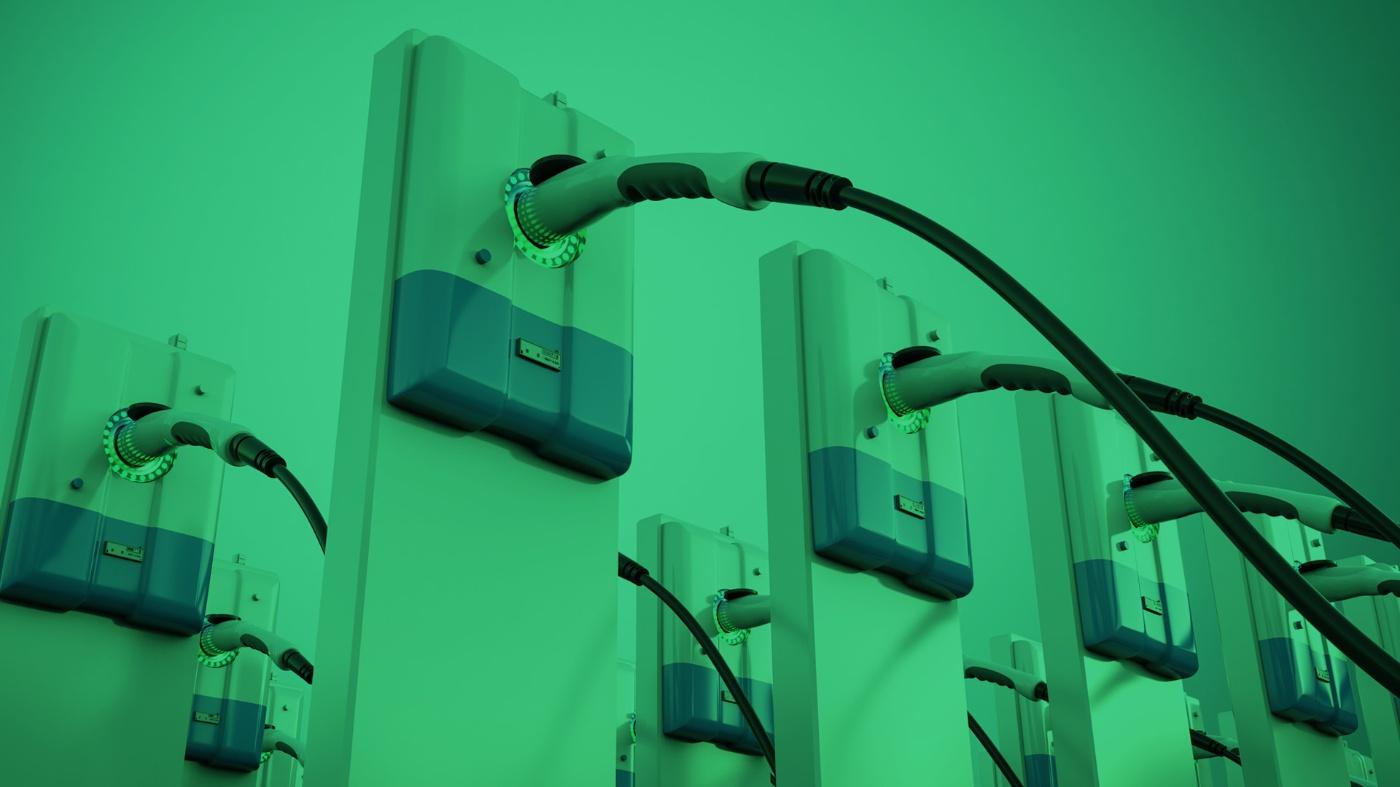CHARGING 2.0: FROM BURDEN TO PLEASURE
Electromobility is gaining momentum faster than expected - making the development of intelligent and sufficient charging networks a colossal task. At the Visionary Club at IAA MOBILITY, leading industry players discuss what the charging infrastructure of the future will look like - and how it can even become an experience.
The numbers are promising. Last year, one in five new cars in Germany was an electric car. More and more buyers are choosing a battery electric vehicle (BEV) - also because the costs have long been competitive with internal combustion engines.
A DECADE OF CHANGE
The fact that electromobility is currently experiencing its breakthrough is also confirmed by Michael Hajesch, CEO of IONITY, in the Visionary Club at IAA MOBILITY: "In the pandemic period, there was a turning point, a real milestone. As a charging infrastructure provider, we saw a quadrupling of transactions in the last year alone." In addition, studies by the Boston Consulting Group give cause for optimism. They predict BEVs will dominate new European registrations as early as 2025.
But in the coming years, it will be crucial that the charging infrastructure grows in parallel with the strong demand. The planned leap from the current 400,000 public charging points in the EU to 2.7 million by 2030 is a huge task. The charging network will not only have to be denser, easily accessible, secure and stable, but will also have to be geared to new user habits and changing mobility needs. Demand-based services, sharing communities and multi-model mobility are just a few of the buzzwords. The experts in the IAA MOBILITY Visionary Club therefore agree: A completely new ecosystem for charging will emerge, combining digital and analog worlds in new business models.
CHARGE ON THE GO
For Maria Vassilakou, former city councillor for transport in Vienna and a member of the board in the EU's Horizon Europe project, "the future infrastructure will look very different from usual filling stations." Andreas Aumann, who is Vice President Strategic Product Management at BMW, believes the same: "If we get it right, recharging will be much more exciting than filling a tank. In this context, time-synergetic charging is extremely important." This refers to the time when the car is parked anyway - at home, at work, while exercising or shopping. When smooth and convenient charging processes are a matter of course everywhere, Maria Vassilakou can even imagine enhancing longer journeys with longer charging breaks - and that charging will thus become part of the user experience. Charge Points offer small towns along the highway a real opportunity. They have the potential to score points with tourist activities, which makes charging in the countryside an experience.
OVERCOMING ADMINISTRATIVE HURDLES
Charging infrastructure should therefore be included in urban planning in the future. Especially since the battle between road users in urban areas has long since broken out. In the conflicting priorities of ecology, traffic calming, and the interests of all stakeholders, electromobility often does not come first, and approval procedures are often still cumbersome. "We wait an average of six to eight months for a commitment. This has to be done much more efficiently." In addition, access to the power grid is not always easy either, Michael Hajesch knows.
As long as administrative hurdles throttle growth, there is a risk of bottlenecks - the participants of the IAA MOBILITY Visionary Club agree on that. Markus Hagenmaier, associate director of the Boston Consulting Group, suspects that there will definitely be supply bottlenecks at peak times, when people are charging at home after work. "We have to prepare for that. Because this may even lead to a decline in demand for e-vehicles." It's a fear shared by experts outside the IAA MOBILITY Visionary Club. Lennart Verheijen, Head of Innovation at Dutch charging station operator GreenFlux, says: "Things may get harder before they get better."
THE SMART GRID
So simply expanding charging points is not the answer. Tomas Björnsson, Vice President E-Mobility at Vattenfall, confirms this: "We don't just need more spots. Because the grid capacity has its limits. Around nine percent of urban electricity will be provided for electric vehicles in the future." He adds that in his native Scandinavia, many people charge at their home wallbox. High-power charging is particularly interesting in public spaces, he says, but it must also be available there in sufficient quantities. The need for charging power should therefore be quantified locally to avoid queues, while intelligent software connects vehicles and networks in smart charging. Vehicle batteries can contribute to the stability of power grids by feeding energy back when demand and individual user behavior allow to do so.
COLLECTIVE INTERACTION
While electric vehicles themselves offer more and more convenience and safety, convenience and efficiency during the charging process - such as contactless charging - still need to be further developed. In the coming years, therefore, the focus will not be on utopias, but on practical solutions. Only then can the charging infrastructure keep pace with the boom in electromobility. Markus Hagenmaier believes this major task can be accomplished - through the cooperation of politicians at the federal and regional level, electricity suppliers, network operators, urban planners and charging station providers. "There's a lot that's going to happen. I'm looking forward to it, because I think a lot of things are going to get better."
